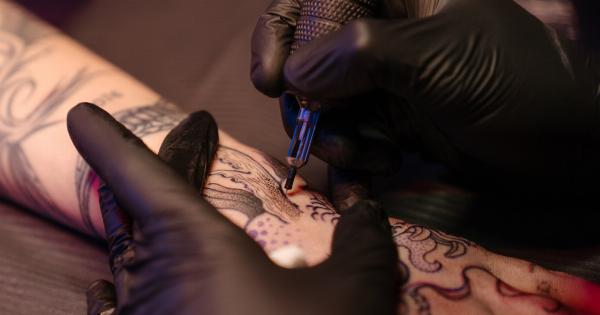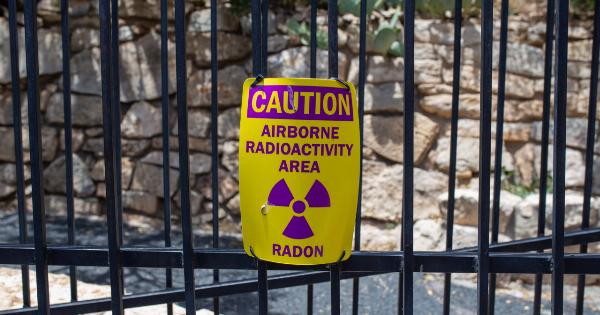Many individuals choose to get tattoos to express themselves or commemorate someone or something important to them. However, some people may eventually regret their tattoo and seek to have it removed.
There are several reasons why one may want to have their tattoo removed. For instance, the design may have faded, the tattoo artist may have made an error, or the person may have outgrown their past interests or lifestyle. Tattoo removal is a complex process that requires patience, persistence, and a qualified professional.
This guide will explore the steps and results of removing tattoos.
Step 1: Consultation
The first step in tattoo removal is to consult with a dermatologist, plastic surgeon, or a licensed tattoo removal specialist. They will evaluate your tattoo and determine the best method to remove it.
The specialist will also assess the age, size, color, and location of the tattoo, as well as the individual’s skin type, health, and medical history. They will discuss the different options for tattoo removal, such as laser treatment, surgical excision, or dermabrasion, and their associated risks and benefits.
The specialist will also provide an estimate of the cost, duration, and number of sessions needed to remove the tattoo.
Step 2: Preparation
Before the tattoo removal procedure, the individual may be asked to avoid sun exposure and tanning beds, as well as to moisturize their skin and shave the area surrounding the tattoo.
They may also be given a topical anesthetic or numbing cream to reduce any pain or discomfort during the procedure. In some cases, the specialist may perform a spot test to determine how the skin reacts to the removal process.
Step 3: Tattoo Removal Method
There are several methods for removing tattoos, including:.
Laser Treatment
Laser treatment uses a high-intensity light beam to break down the ink particles into smaller fragments that can be absorbed by the body’s immune system. The laser targets the pigment of the tattoo without damaging the surrounding skin.
The number of laser sessions required depends on the size, color, and age of the tattoo. Some individuals may experience temporary redness, swelling, blistering, or bruising after the laser treatment, but these side effects typically subside within a few days.
Surgical Excision
Surgical excision involves removing the tattoo by cutting out the skin that contains the ink. This method is used for small tattoos that are easily accessible and have a well-defined border.
The patient may need a local anesthetic or general anesthesia, depending on the size and location of the tattoo. The wound is closed with stitches or skin grafts, and the patient may need to wear a dressing or compression garment for several weeks until the skin heals.
Dermabrasion
Dermabrasion is a process that involves removing the top layer of the skin using a rotating abrasive tool. This method is suitable for tattoos that are located on the upper layers of the skin, such as amateur tattoos or permanent makeup.
The patient may need a local anesthetic, and the skin may appear red, swollen, or scabbed after the procedure. The patient must keep the area clean and moisturized until the skin heals.
Step 4: Follow-Up Care
After the tattoo removal procedure, the specialist will provide instructions on how to care for the skin and avoid infection or complications.
The patient must keep the area clean and dry, avoid strenuous activity or exposure to water or sunlight, and follow the specialist’s recommendations for pain management and medication. The patient must also attend follow-up appointments to monitor the healing process and address any concerns or complications.
Results of Tattoo Removal
The results of tattoo removal vary depending on the method used, the size and location of the tattoo, and the individual’s skin type and health. In general, laser treatment is the most effective and safest method for removing tattoos.
However, some tattoos may require multiple sessions to achieve the desired result, and some colors may be more difficult to remove than others. The patient may experience temporary or permanent scarring or skin discoloration after the removal process, especially with surgical excision.
The patient must also be aware that there is no guarantee of complete removal, and some traces of the tattoo may remain.
Conclusion
Tattoo removal is a complex and individualized process that requires careful consideration, research, and consultation with a qualified specialist.
The success and safety of tattoo removal depend on the method used, the patient’s health and skin type, and their adherence to follow-up care instructions. Although tattoo removal can be a challenging and expensive process, it can also provide individuals with a sense of relief, closure, and self-confidence.





























